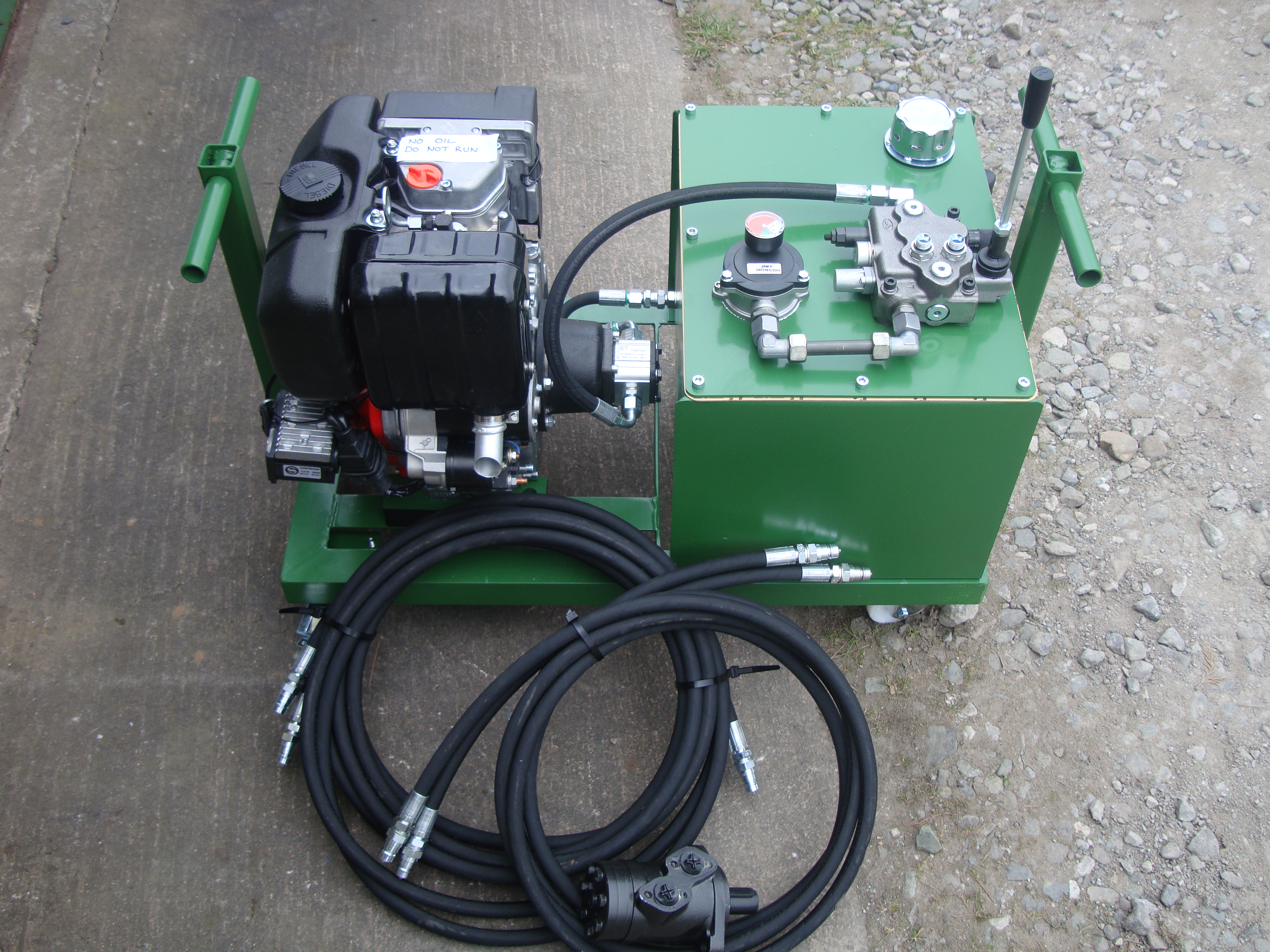Sewer pipe bursting, if compared to the traditional methods of pipe repairs, may look like magic. This is because it involves the use of underground equipment, which has enabled pipe repair technicians to pull a new pipe through an existing one without having to dig a hole into the surface of the ground. For this method of pipe repair to work, certain tools are needed. Below are the 5 tools that have revolutionized how pipe repairs are done.
Expander Head
This is a bursting tool responsible for providing mechanically applied force needed to split of create a brittle breakage of the existing pipe, while the new pipe needed to replace the existing one is pulled within the existing one. The newer pipe can have a diameter with the size larger than that of the existing one or of the same size. The expander has its back end attached to the new type and its front end attached to a pulling rod or cable
Hydraulic Power Pack
This is responsible for providing the power needed for pipe bursting. The hydraulic power pack pushes the bursting tool forward into breaking the existing pipe. This is obtained from the pneumatic power found up the head, through the pulling cable. The hydraulic power pack varies depending on the design of the bursting system. Power from the hydraulic power pack is first converted into a fracturing force that is then used to break and expand the cavity of the existing pipe.
Pulling Rods
These are found at the front part of the expander. Pulling rods are responsible for pulling the new pipe that is usually attached to the back of the expander. They replace the line in one move.
Pulling Machine
This tool does the function of pulling the pulling rod during pipe bursting. After the bursting head and the new pipe have been removed from the insertion pit, the pulling machine pulls and receives the pulling rod.
Retaining Device
The retaining device does the work of pulling the bursting head through the remains of the pipe during expansion, and in the event creating a non-permanent hole which is also used to pull the new pipe from the insertion pit.
These tools whether used in commercial or residential environment have brought many changes to pipe repair, as compared to the traditional method. Some of the advantages that have resulted from the use of these tools include less disturbance to the city traffic since the repair is done beneath the ground, replacement takes shorter time, the method causes less disturbance to the environment unlike in the traditional method of sewer repair where the atmosphere was filled with soil particles from excavation, and the reduction in expenses involved in surface replacement.
All these advantages have created cost savings both directly and indirectly, which helps to reduce the more expensive costs for the trenchless method of sewer repair over the traditional methods of repair. Pipe bursting together with other many trenchless sewer repair methods came into existence in the residential market between 10 and 15 years ago.

Francis Burns is an avid writer from Louisiana. With a Bachelor’s in English and a background in journalism, Francis has been writing for a variety of media outlets for the last five years. He specializes in stories about the local culture and loves to fill his work with inspiring words. When not writing, Francis enjoys exploring the outdoors of Louisiana and photographing nature.




